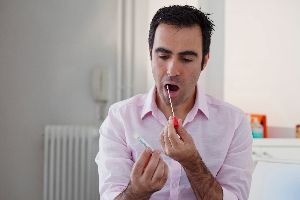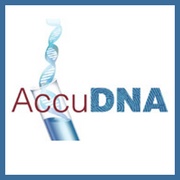
For many people, there are gaps of history missing from their family tree. If you are someone who’s been living with doubts about your parentage, medical concerns, or wonder if you might have siblings or other family members somewhere out in the world, relationship DNA testing could be the answer. Use this guide to better understand how these tests can be utilized.
What Are Relationship DNA Tests?
There are a variety of tests that use DNA from two or more individuals to determine whether biological links exist between a person and possible relatives. The most common and conclusive form is a paternity test. However, when the alleged father is not available to establish if a relationship is present for siblings, grandparents, or aunts or uncles, then DNA testing can be performed.
How Are DNA Samples Collected?

Typically, the buccal swab technique is preferred when collecting a sample. This involves using a long cotton swab to collect cells from the inside of the cheek or mouth. It is easier and less invasive than a blood test and provides the same accuracy rate. However, if you require a prenatal paternity test, a blood sample must be collected from the mother and a buccal sample from the father.
How to Understand the Results?
The results produced from a relationship DNA test will vary depending on the closeness of the relation. While a paternity test will either confirm or disprove parentage, more distant relationships can be trickier. The matching DNA markers are clearly defined when a parent and child are related. However, these markers do not line up at the exact locations with siblings and other relatives, so the analysis must look for similar rare markers that would increase the strength of a match.
Usually, all matching markers are placed in an index, with more common matching DNA traits receiving a low rating and rare matches receiving a higher one. These indexes are multiplied to give a Combined Relationship Index (CRI) ranging from 0 to over 100. In a paternity test, this reads as excluded (CRI less than 0), inconclusive (between 1 and 100), and not excluded (100 or greater), but in a close relationship, the CRI indicates not supported, inconclusive, or supported results. While over 100 would mean a clear match in a paternity test, a 74 could offer strong support for a relation in a sibling, grandparent, or aunt or uncle test.
If you are trying to verify parentage, AccuDNA provides affordable, confidential, and accurate relationship DNA testing to help you clear your mind once and for all. Since 2004, this independently-owned facility has provided DNA testing services to the Greater St. Louis, MO, area. Speak to their caring and knowledgeable staff today by calling (314) 845-9997, and visit their website to learn more about their services.
About the Business
Have a question? Ask the experts!
Send your question

